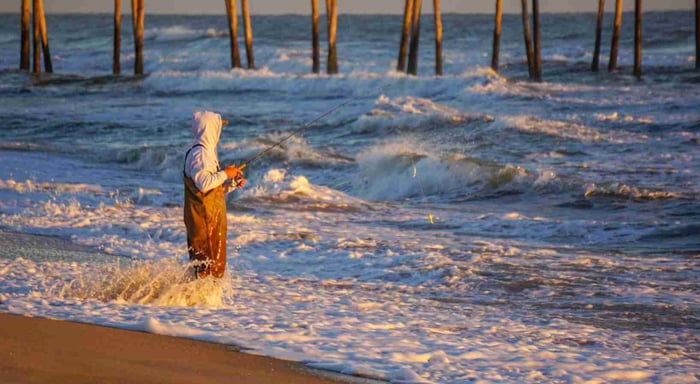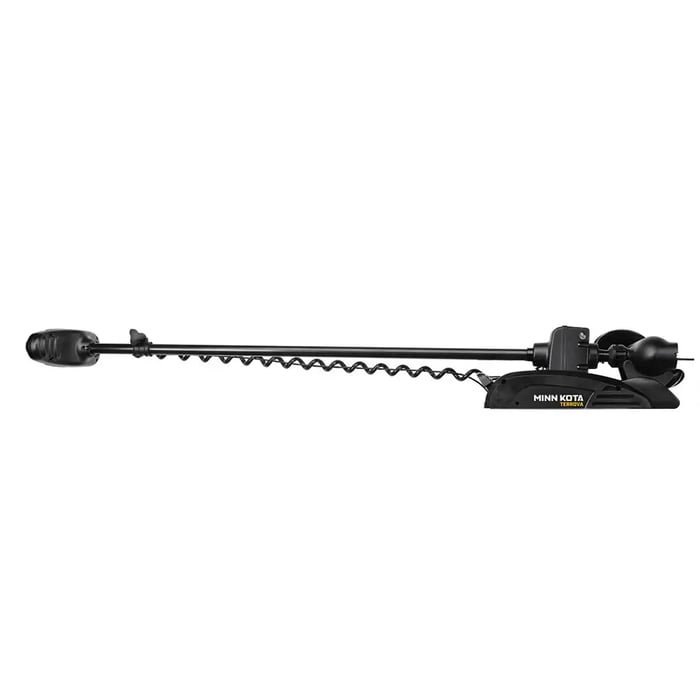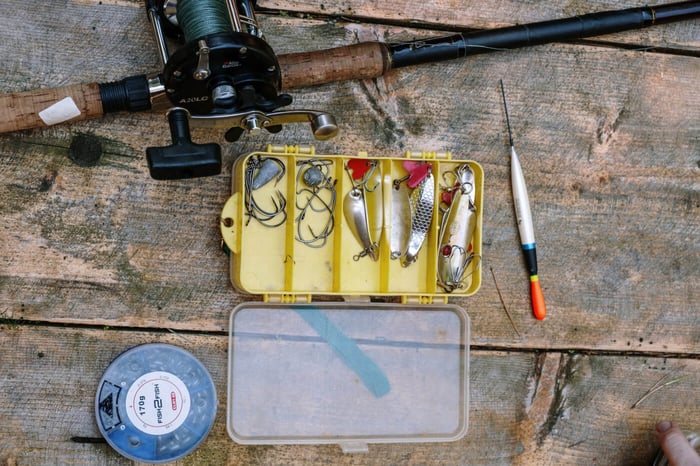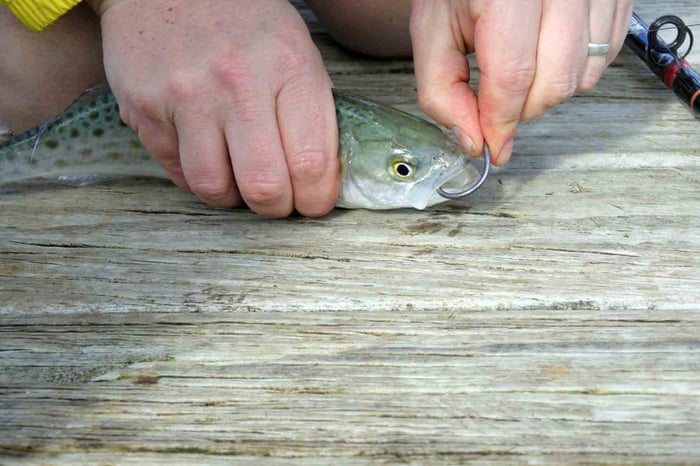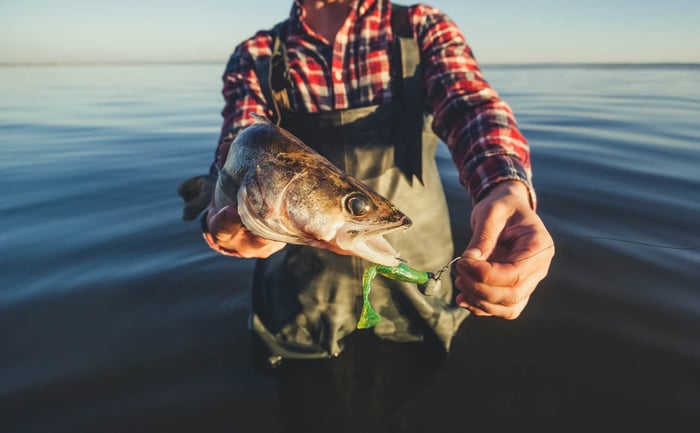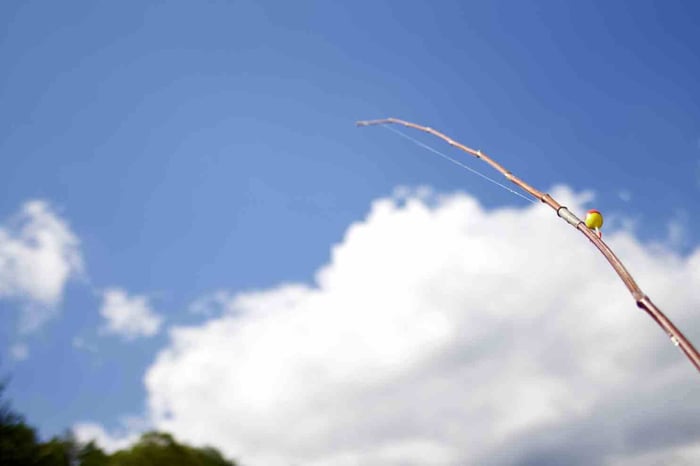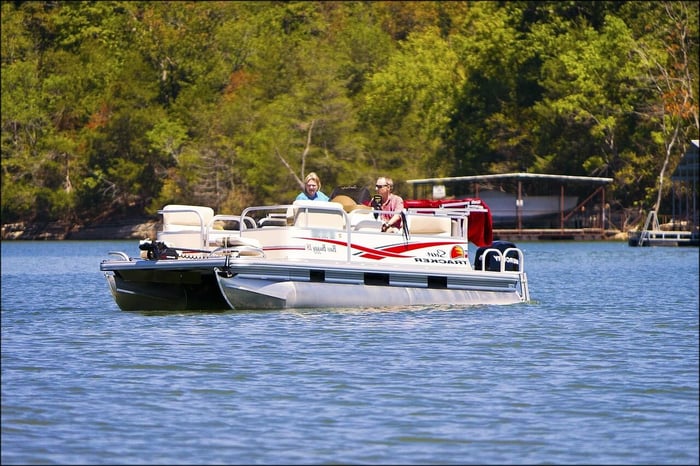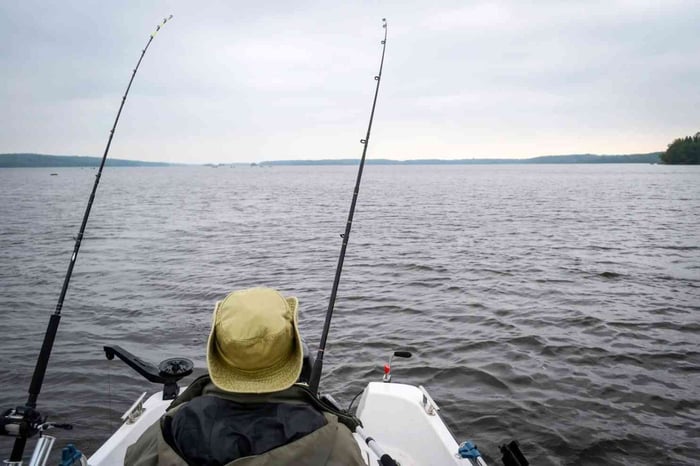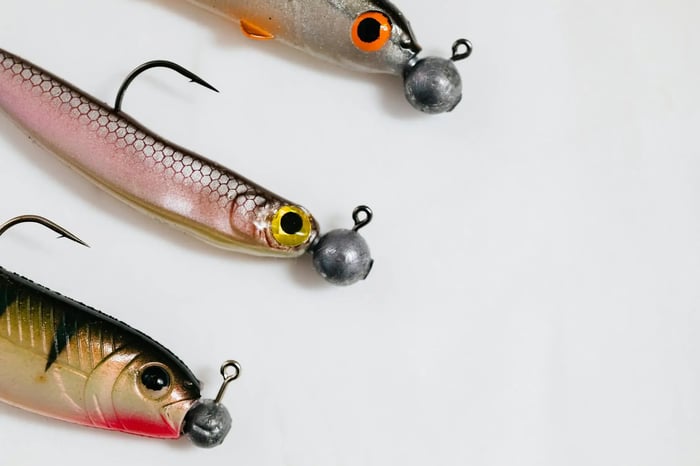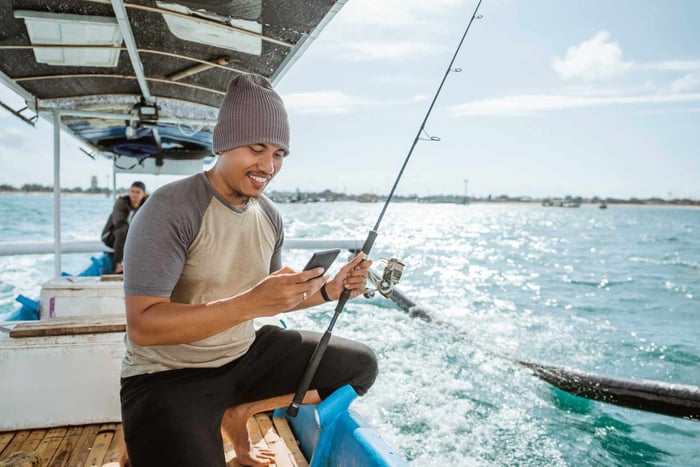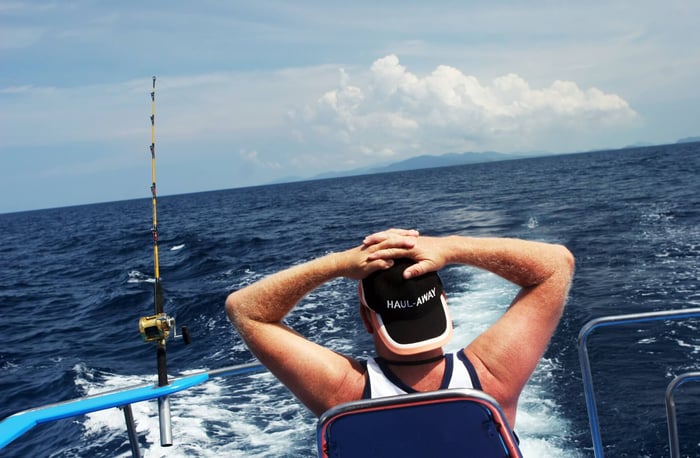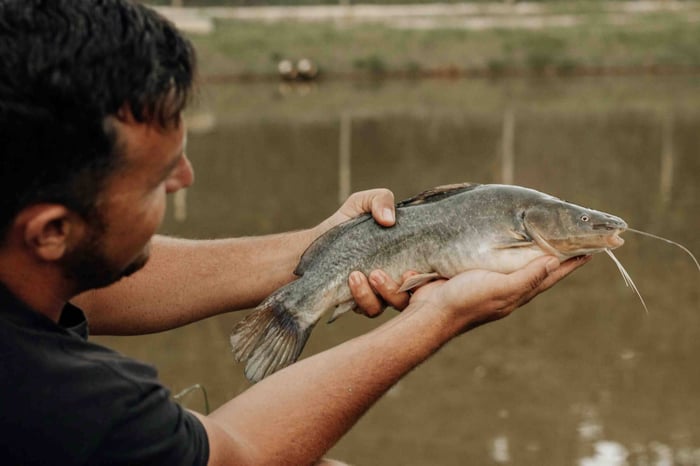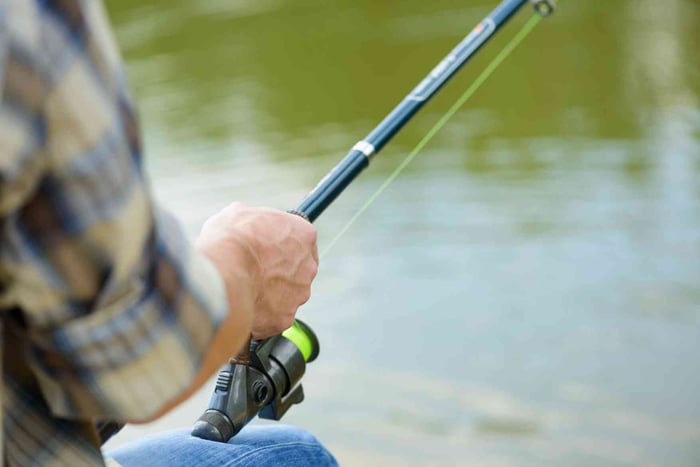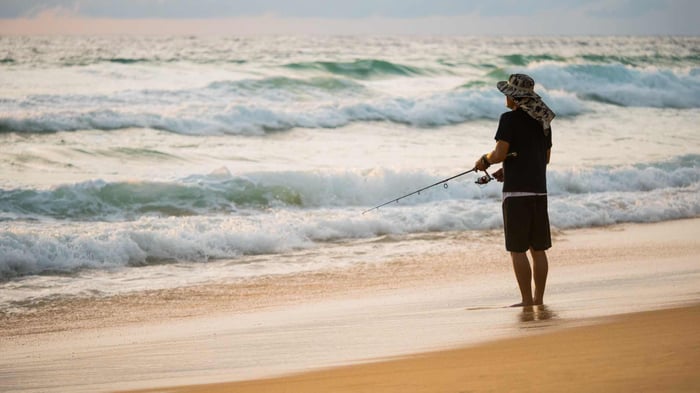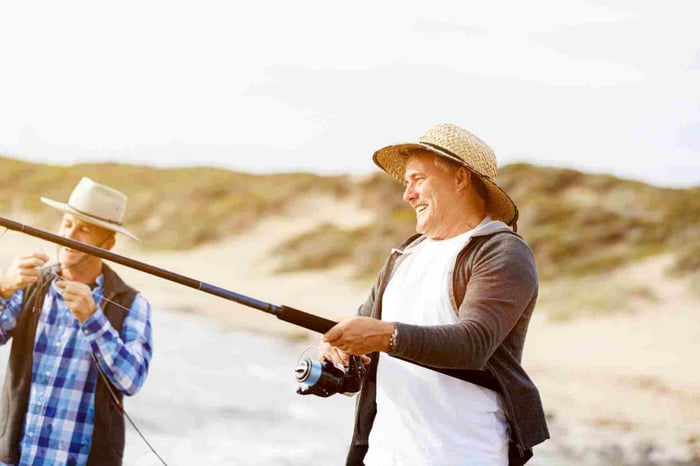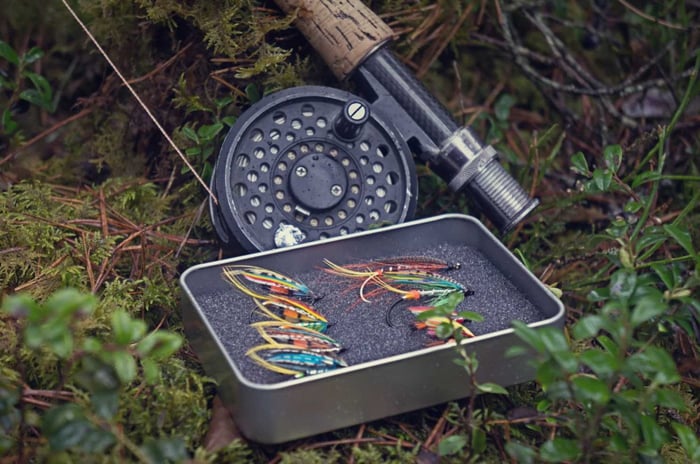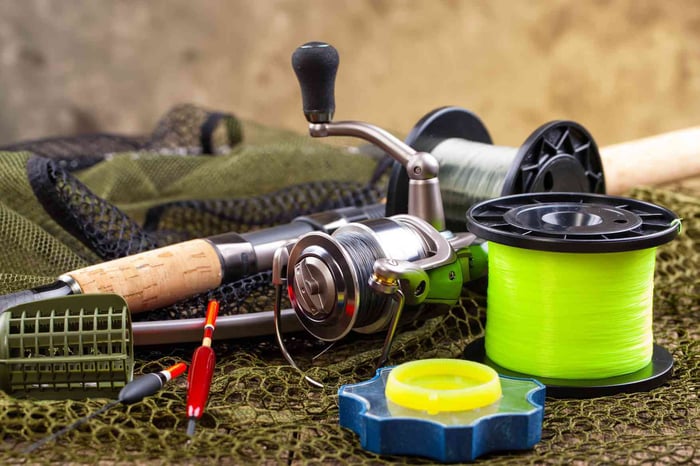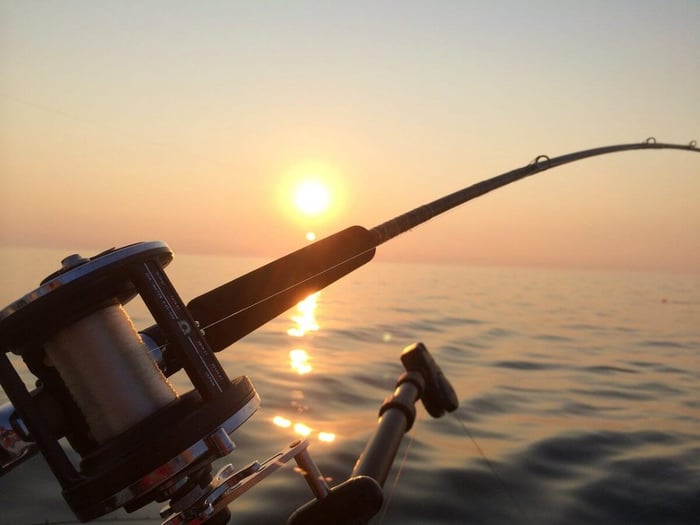Table of Contents
Surf Fishing: The Right Rod and Reel Combo
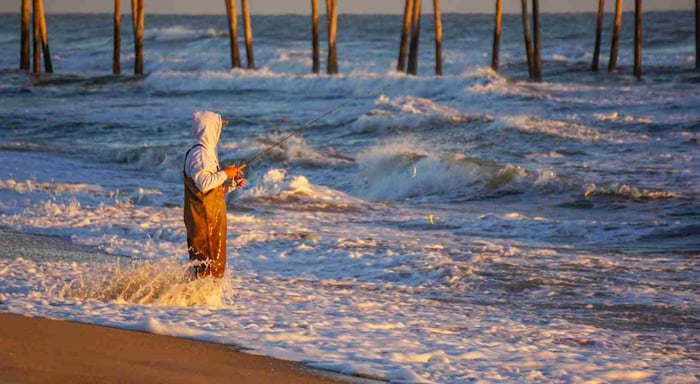
There is just something magical in standing on a shore, with the tide's pull to it, and casting out into the surf with hopes of that first bite.
From seeing striped bass around the Outer Banks to casting for red drum along Galveston Bay's sandy beaches, surf fishing is still popular among many fishermen.
"What's the best rod and reel for the job?" is a question you could have if you've only recently begun surf fishing. Your choice might vary due to many considerations, including the length of rods and actions and reel combinations.
A 12-foot fishing rod could well be the length to provide maximum casting distance. Do you fit that category?
While a shorter rod offers better control for smaller fish close to shore, a longer rod will enable you to reach more fish beyond the breaking waves.
The lengths of surf fishing rods range from 7 to 15 feet, and each has advantages.
A fast action rod with a lighter tip is excellent for detecting bites from surf perch, whereas a slower action rod provides flexibility when reeling in big fish like stripers and redfish.
Line type, gear power, and even bait fishing technique are considerations with the rod and reel combo.
Some serious anglers opt for braided lines because they do not stretch, while others choose monofilament due to its stretching ability.
However, if you are beach or pier fishing or fishing along a rocky shore, your setup influences how far you can cast and whether you will successfully land the species you target.
We will break down the best surf rods, reels, and equipment for surf fishing into achievable parts so you can find the perfect rod for your fishing style, target fish, and personal preference.
Understanding Surf Fishing Conditions
Surf fishing is not about selecting a rod 12 feet long and casting it into the sea.
The right rod and reel depend on the conditions you will be fishing in, including waves, tides, and the beach structure.
Understanding how these elements affect your casting distance and ability to catch fish is essential before you begin bait fishing for striped bass, red drum, or surf perch.
Firstly, though, the tide matters a lot. Many experienced anglers tell fish to move with the tide and feed more during incoming or outgoing water.
A high tide brings more fish closer to the shore, while a low tide can make them harder to reach. If you're after big fish like stripers or redfish, you may need a longer rod to make a more extended cast beyond the breakers.
The kind of beach also determines your setup. Sandy beaches with gentle waves may suit a fast-action rod for more accurate control.
In rougher surf or deeper water, a slower-action surf rod helps absorb the fight of a large fish.
The type of rod tip and the power that enables you to handle the weight of your rig also determine your setup. The choice of braided lines or monofilament affects sensitivity and strength.
Lastly, salt water is very harsh on equipment.
Surf fishing rods, reels, and tackle need to be flushed after every trip to avoid corrosion.
Whether you fish from the pier, the outer banks, or along a rocky shore, knowing these conditions helps you choose the perfect rod and reel combo for your fishing style and preference.
Choosing the Best Surf Fishing Rod
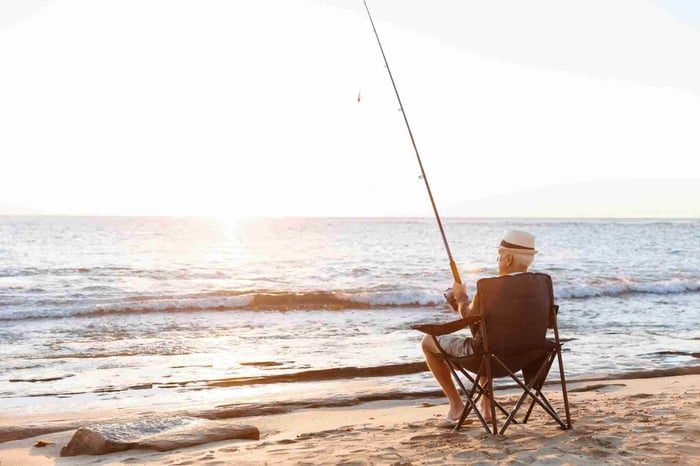
Choosing the perfect rod significantly affects your ability to throw, catch, and land from shore.
The newbie in surf fishing and experienced surfer may not have considered using the ideal rods depending on lengths, powers, actions, and material, plus their grip.
Well, here are some aspects breaking it all.
Rod Length: Finding the Balance
Rod length directly impacts the range of casting distances and the kind of control a person can muster over their line.
Therefore, 7–9 foot rods are for smaller fish or close to the shore, 10–12+ feet for big fish or deeper waters, and 12 feet long to reach beyond waves, which should be very apt for places like outer banks where one more distance cast catches more fish.
Rod Power and Action: Strength vs. Flexibility
Rod power determines how much weight the rod can handle, while action affects how much it bends.
Light power rods are best for bait fishing smaller species like surf perch.
Medium power rods balance sensitivity and strength, making them great for striped bass and red drum.
Heavy power rods handle large fish in strong surf, supporting braided lines and heavier tackle.
A fast-action rod bends primarily at the tip of the rod, providing some consciousness to the angler of bites, whereas a slow-action rod bends much more and is mainly used to fight big fish.
Material Choices: Fiberglass, Graphite, or Composite?
The material of a surf rod affects its weight, sensitivity, and durability. Fiberglass rods are rigid and cheaper but heavier and less sensitive.
Graphite rods are lightweight and more responsive, and they are favored by most experienced anglers who require maximum distance.
Composite rods blend both materials, offering a mix of strength and flexibility for different fishing styles.
Rod Handle & Grip: Comfort Matters
A comfortable grip comes in handy when throwing lures or battling big fish.
EVA foam grips are lightweight and resistant to saltwater, making them ideal for sandy beaches. Cork grips provide a firm, natural feel but could wear faster in surf fishing conditions.
The ideal rod and reel combination varies with the fisher's preferences, the target fish, and the conditions at the time.
You can make the most of your beach time, pier fishing, or shore fishing while after bass, redfish, or stripers with the proper gear.
Selecting the Right Surf Fishing Reel
A rod and reel combo is just as strong as its weakest part, so one must make just as much consideration for the correct surf fishing reel as the proper rod.
Whichever one may cast from a sandy beach or surf off the pier, they must battle those waves of the outer banks while the reel meets the fish's match, one's style, and the surrounding environment.
Spinning vs. Conventional Reels: Which Is Right for You?
In surf fishing, the choice is generally between spinning reels and conventional reels.
Most people go with spinning reels, especially for beginners in surf fishing. They are easy to use, handle braided lines well, and provide a longer-range cast. These work great for catching stripers, red drums, and smaller fish in moderate surf conditions.
More control means more power. Conventional reels, called baitcasting reels, are perfect for experienced anglers targeting big fish. They require more experience to avoid tangles and backlash wildly when heaving heavy rigs.
If ease and reliability matter, a spinning reel combo should be your priority. If you want as much control as possible and can spare time with the learning curve, a conventional reel is your best option.
Reel Size & Line Capacity: Finding the Right Fit
The size of your reel affects how many lines it can hold and what kind of fish you can target. An enormous reel holds more braided or mono lines, allowing maximum casting distance.
Smaller reels (3000-5000 size) work for light tackle and smaller fish like surf perch.
Medium reels (6000-8000 size) are versatile and suitable for stripers, red drum, and bass.
Large reels (9000+ size) are designed for big fish, deep waters, and heavy tackle.
The best casting distance and performance are achieved when the right reel size is matched with a 12-foot fishing rod.
Gear Ratio & Drag System: Speed vs. Power
Gear ratio refers to how many times the spool rotates per turn of the handle. A lower ratio means more power, while a higher ratio means faster retrieval.
Low gear ratio (4.0:1 - 5.3:1): Slower but stronger—ideal for battling large fish like stripers and red drum.
High gear ratio (6.0:1 and up): Faster retrieval—great for working lures and catching more fish quickly.
Your drag system is equally important. A smooth, robust drag helps control the fish once they are hooked. Consider reels with sealed drag systems, which prevent sand and saltwater from entering during rough surf fishing.
Durability & Corrosion Resistance: Built to Last
Salt and sand can soon destroy a reel if not explicitly designed for surf fishing. Features of sealed bearings, waterproof drag systems, and even anti-corrosion coatings protect against sea conditions.
Sealed bearings keep out sand and salt to ensure smooth operation.
Aluminum or stainless-steel frames resist corrosion better than cheaper materials.
Waterproof drag systems prevent damage and extend reel life.
A good surf fishing reel will be challenging and smooth when used, taking full advantage of any beach fishing situation. Proper equipment separates the nightmarish experience of losing dozens of fish from an experience with a memorable catch.
Matching Your Rod and Reel for Optimal Performance
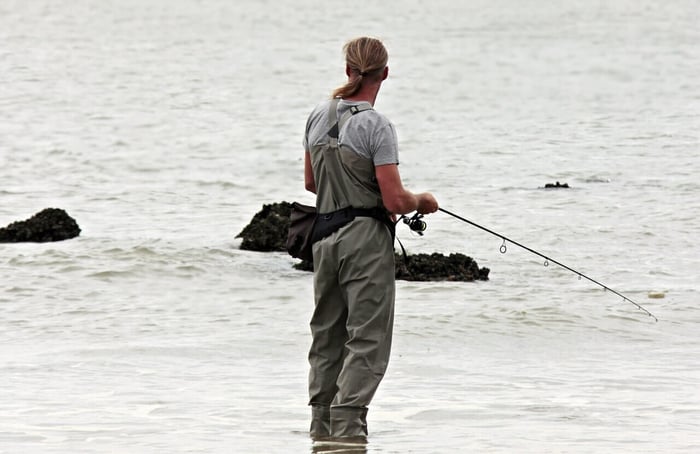
The rod and reel combo does not only choose a fishing rod 12 feet long to put with the reel.
It takes a lot to ensure a perfectly balanced setup with smoother casting, better control, and less fatigue, especially spending hours on shore trying to catch fish.
It will be problematic in terms of accuracy, power, and efficiency if the rod is too heavy for the reel or the reel is too small for the rod.
Balancing Rod and Reel Setup
When paired with the right reel, a perfectly balanced surf fishing rod must feel harmonious.
Like a 12-foot surf rod, a long fishing rod can cast incredible distances, perfect for reaching farther into the water where striped bass and red drums swim.
However, longer rods require medium to large reels to balance them. A small reel won't have enough lines for longer casts, and an oversized reel will make the setup bulky and challenging to maneuver.
For shore fishing or bait fishing, for example, smaller species like surf perch, choosing a short rod 7-9 feet long with a light reel would be great.
Conversely, if one is targeting the big fish and they put quite a fight to catch, say red drum, stripers, or bass, then a stout surf fishing rod with a spinning reel of great capacity is ideal.
This situation makes braided lines more popular among experienced anglers because they provide extra strength, better sensitivity, and much longer casts.
Line and Lure Considerations
The type of fishing line used is as crucial as the selection of a suitable rod and reel.
Monofilament line is widely used among beginners because it stretches, making it more forgiving when fighting fish.
It's great for bait fishing in calmer conditions and absorbs some shock when big fish strike.
However, it has much more drag in the water and doesn't cast as far as braided lines.
Braided lines are thinner yet more muscular, enabling longer casts with added sensitivity to detect subtle bites.
They are instrumental when casting large fish in rough surf as they cut through the water with added efficiency.
A braided line is also the favorite when using a longer rod, as it maximizes the casting distance and covers more water.
It also corresponds to the rod action when matching the lure weight. Light lures that must be set on the hook quickly are best utilized with a fast-action rod. In contrast, a slower-action rod is suited for heavier lures and bait rigs used to attract big fish.
No matter your fishing style, an adequately matched rod and reel combo will help you cast farther, land more fish, and enjoy surf fishing trips on sandy beaches, piers, and the outer banks.
Conclusion: Towards Surf Fishing Success
Perhaps the most critical decision any angler will make is the selection of the perfect rod and reel combination for surf fishing.
The right gear can mean all the difference between casting as far as you need to, having a fish fight hard, or enjoying a day on the shore, pier, or sandy beaches of the outer banks.
With such appropriate changes based on any changes in fishing conditions, a well-matched fishing rod and reel will make you catch both large and small fish.
A surf fishing rod 12 feet or longer will give you the casting distance required to reach deeper waters where striped bass, red drum, and other large fish roam.
And with high-capacity spinning reels and the proper fishing line, whether monofilament for elasticity or braided lines for sensitivity and strength, you're ready for whatever the surf-fishing situation may bring.
It also depends on your preference because different anglers have different styles.
Some may prefer a faster-action rod to get a quicker hookset, while others prefer a slower one to absorb shock better when fighting big fish.
The secret is to find something that feels right in your hands, is balanced well, and suits your target species.
It goes well beyond the best rod and reel set. With the right equipment and knowledge of your local tides, fishing method, and water quality, you may catch as many fish as you want while taking in the game's tension and wave rhythm.
You can maximize your time by the sea and tackle any fishing obstacle with the correct surf rod and reel.
With the right rod and reel in hand, every cast brings you closer to the thrill of the catch and the endless adventure of the surf.
